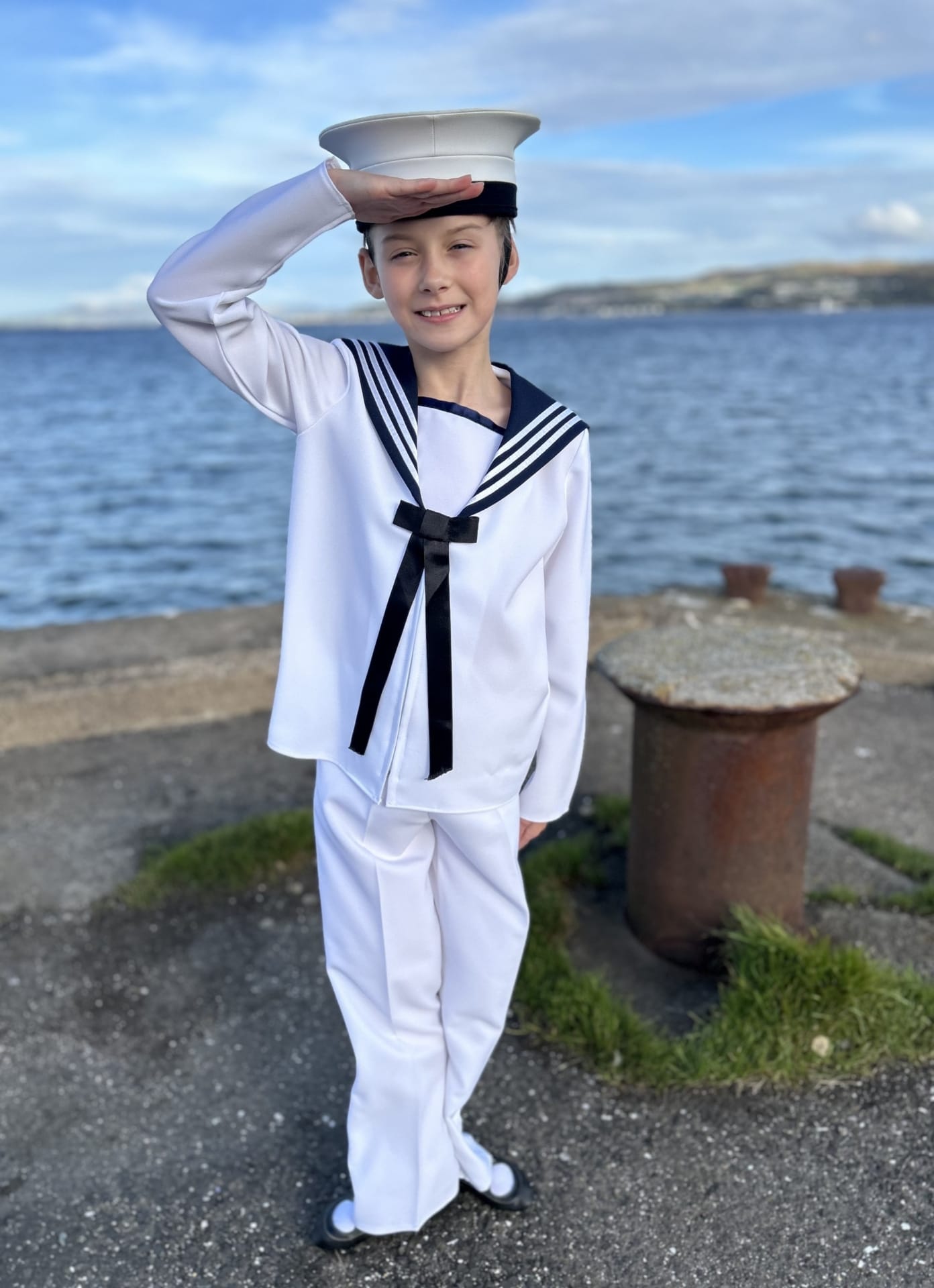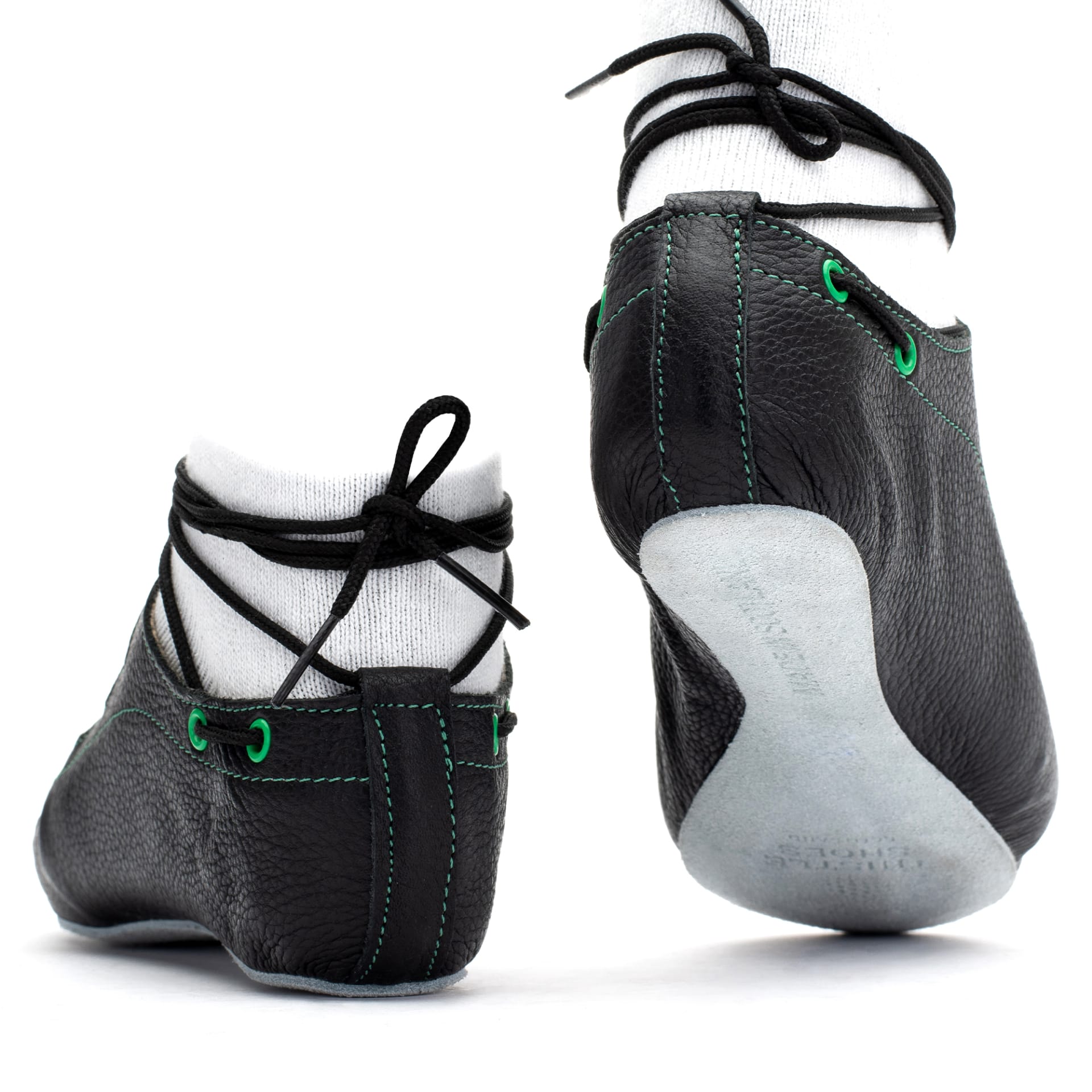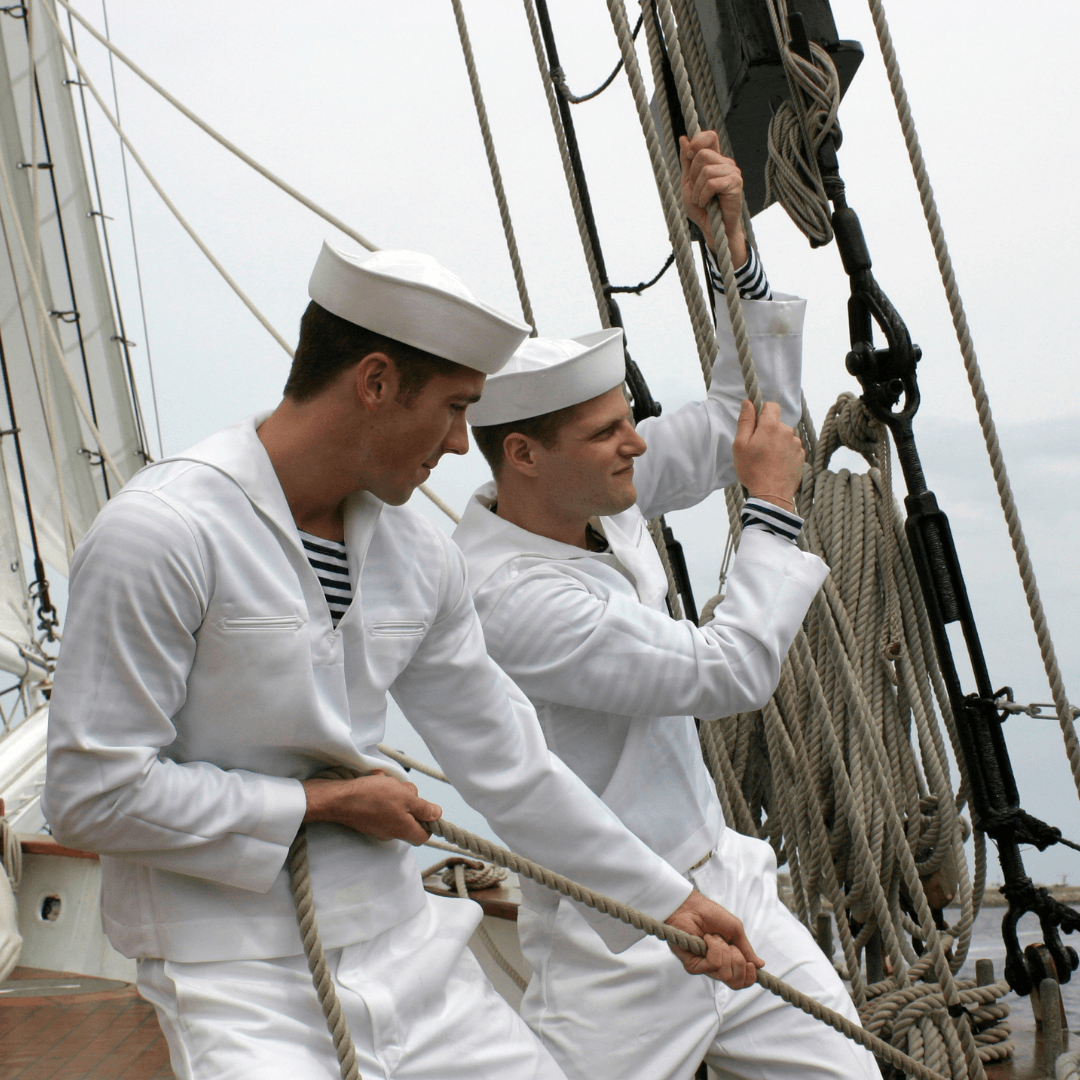Maritime Grace in Motion
Scottish Highland Dancing is often associated with kilts, bagpipes, and ancient clan traditions. But nestled among the traditional flings, reels, and sword dances lies a distinctive and theatrical number known as The Sailors’ Hornpipe. This spirited solo dance offers a fascinating blend of historical storytelling, nautical flair, and technical challenge—and it’s one of the most charming and character-filled dances in the Highland repertoire.

A Dance With Nautical Roots
The Sailors’ Hornpipe is a dance with deep maritime heritage, believed to have originated in the British Royal Navy during the 18th century. Sailors would perform it aboard ships, often to entertain themselves during long voyages or to celebrate special occasions. The dance’s compact and upright style evolved out of necessity—space was limited on the deck of a ship, so movements had to be tight, efficient, and rhythmically precise.
Originally set to a traditional hornpipe tune in either 2/4 or 4/4 time, the dance reflects the rhythm of sea shanties and the sway of the ocean. Over time, it was adopted into both English and Scottish dance traditions, with the Scottish version eventually becoming a staple of Highland dancing competitions.

Costume and Character: A Break From Tradition
One of the most visually striking aspects of the Sailors’ Hornpipe is the costume. Unlike other Highland dances where dancers wear kilts, tartan sashes, and ghillies (soft Highland dancing shoes), the Hornpipe is traditionally performed in a Royal Navy-style sailor’s uniform. This typically includes:
- A white or navy-blue blouse
- Bell-bottomed trousers
- A sailor’s cap
- Black slip-on shoes (instead of ghillies)
The costume is not just aesthetic—it reinforces the character-driven nature of the dance. The dancer becomes a sailor, embodying the duties, routines, and quirks of life aboard a ship.

Movements That Tell a Story
The Sailors’ Hornpipe is, at its core, a narrative dance. Each step portrays a different activity associated with naval life. Dancers mimic actions such as:
- Hauling ropes or hoisting sails (arms reaching and pulling)
- Climbing the rigging (high knee lifts and extended arms)
- Scrubbing the deck (circular motions with bent knees and lowered posture)
- Looking through a spyglass (shading the eyes and scanning the horizon)
- Saluting and marching in a naval style
These pantomime-like movements are seamlessly woven into complex footwork patterns. It’s a rare example of a dance that demands not only physical agility and rhythmic control but also acting skill and stage presence.

Technique and Precision
Though whimsical on the surface, the Sailors’ Hornpipe is a technically demanding piece. Dancers must perform intricate footwork, tight turns, and quick directional changes while maintaining strong posture and consistent timing. Judges at competitions look for:
- Exact timing with the music
- Clean, sharp footwork and pointed toes
- Controlled upper body (posture is upright, no swinging arms)
- Characterization without exaggeration—expressiveness is key, but the technique must remain crisp
It is often performed at a brisk tempo, which tests a dancer’s stamina and ability to keep their movements precise and expressive all the way to the final step.

The Hornpipe in Competition
In the world of competitive Highland dancing, the Sailors’ Hornpipe is classified as a national dance, separate from the traditional Highland category. It’s typically introduced at intermediate or premier levels and is often included in championship rounds or as a special dance at Highland Games events.
Many dancers enjoy performing the Hornpipe because it offers a refreshing contrast to the more formal and structured Highland dances. It also allows for a bit more individuality and personality, especially in how the dancer interprets the sailor character.

Cultural Significance and Global Appeal
While its roots are firmly British, the Sailors’ Hornpipe has found a global audience thanks to the international reach of Highland dancing. Competitions in Canada, the United States, Australia, and New Zealand frequently feature the Hornpipe, and it remains a crowd favorite due to its engaging storytelling and visual flair.
More than just a competition piece, the dance helps preserve maritime traditions and brings a unique historical narrative to life for audiences young and old. It reminds us of a time when sailors relied on rhythm, music, and community for morale on long voyages.

Conclusion: A Living Piece of Nautical History
The Sailors’ Hornpipe is a testament to the diversity and depth of Scottish Highland Dancing. It combines tradition with theatricality, physicality with storytelling, and offers dancers a rare opportunity to step out of the tartan and into the sailor’s shoes—literally.
Whether performed in a competition, at a Highland Games festival, or on a stage for the sheer joy of it, the Hornpipe continues to captivate with its charm, character, and disciplined artistry. It’s a true celebration of maritime culture and the enduring spirit of dance.
So next time you see a dancer skip across the stage in a sailor’s cap, take a moment to appreciate the centuries of history, practice, and performance skill packed into every step. The Sailors’ Hornpipe is more than a dance—it’s a moving tribute to the sea and those who’ve sailed it.
